Car speakers are crucial components of a car’s audio system, providing music and entertainment for drivers and passengers. In this guide, we will explore different types of car speakers, including coaxial, component, and subwoofer speakers. For each type, we will delve into their advantages, disadvantages, working mechanisms, sound quality, power handling, and installation requirements, offering insights to help car owners understand and choose the most suitable speakers for their cars.
What Are Car Speakers?
Car speakers are integral components of a car’s audio system, responsible for reproducing sound from various audio sources such as radio, CDs, MP3 players, and streaming devices. Typically installed in specific locations within the vehicle, such as the dashboard, doors, or rear parcel shelf, car speakers come in various sizes, types, and configurations to suit different audio preferences and car models. They consist of several key elements, including a cone-shaped diaphragm, voice coil, magnet, and surround, which work together to convert electrical signals into audible sound waves and its function depends on the types of car battery used.
Types of Car Speakers
Car speakers can significantly impact the overall listening experience in a vehicle, providing clear and balanced sound across different frequencies, including bass, midrange, and treble. Upgrading car speakers can enhance audio quality, improve clarity, and create a more immersive listening environment for occupants. Additionally, advancements in speaker technology, such as component speakers, coaxial speakers, and subwoofers, offer customization options to meet individual preferences for audio fidelity and bass response in the automotive audio market. Different types of car speaker along with description are given below.
|
Type of Car Speakers |
Description |
| Component Speakers | Consist of separate components including woofers, tweeters, and crossovers for better sound clarity and imaging. |
| Coaxial Speakers | Combine multiple speaker components into a single unit, typically including a woofer and tweeter, offering easy installation and space-saving design. |
| Subwoofers | Specialised speakers designed to reproduce low-frequency bass sounds, enhancing the overall audio experience by adding depth and richness to the music. |
| Midrange Speakers | Focus on reproducing midrange frequencies, providing clear vocals and instrument sounds for a balanced audio output. |
| Tweeters | Dedicated speakers designed to reproduce high-frequency sounds, such as cymbals and vocals, improving the clarity and detail of the audio. |
Car Speakers: A Breakdown by Type
A speaker is also called a transducer, since it converts electrical energy from the amplifier into mechanical energy, which is the movement of a speaker’s cone. That cone movement creates the sound pressure we hear. Audio amplifiers have positive and negative outputs that connect to a speaker’s input terminals via speaker wire. Different types of car speaker along with advantages are given below.
1. Component Speakers
Component speakers consist of separate speaker components, including woofers, tweeters, and crossovers. Woofers reproduce low-frequency sounds, tweeters handle high frequencies, and crossovers ensure proper distribution of frequencies to each component for better sound clarity and imaging.
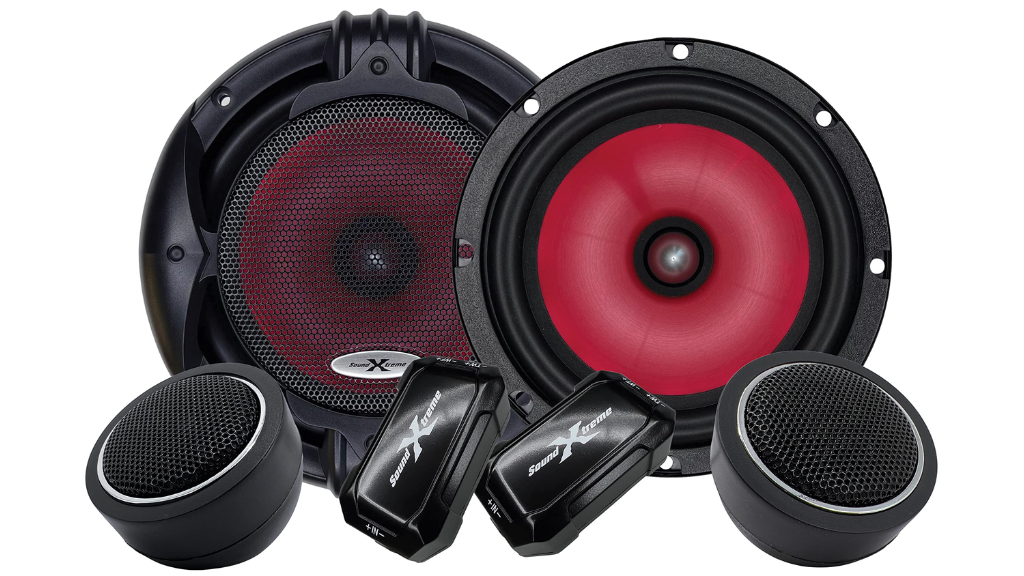
-
Advantages:
- Improved Sound Quality: Component speakers offer superior sound quality and clarity, especially in the midrange and high frequencies.
- Enhanced Imaging: Separate tweeters allow for better soundstage imaging, creating a more immersive listening experience.
2. Coaxial Speakers
Coaxial speakers combine multiple speaker components into a single unit, typically including a woofer and tweeter. They offer a space-saving design and are easier to install compared to component speakers.
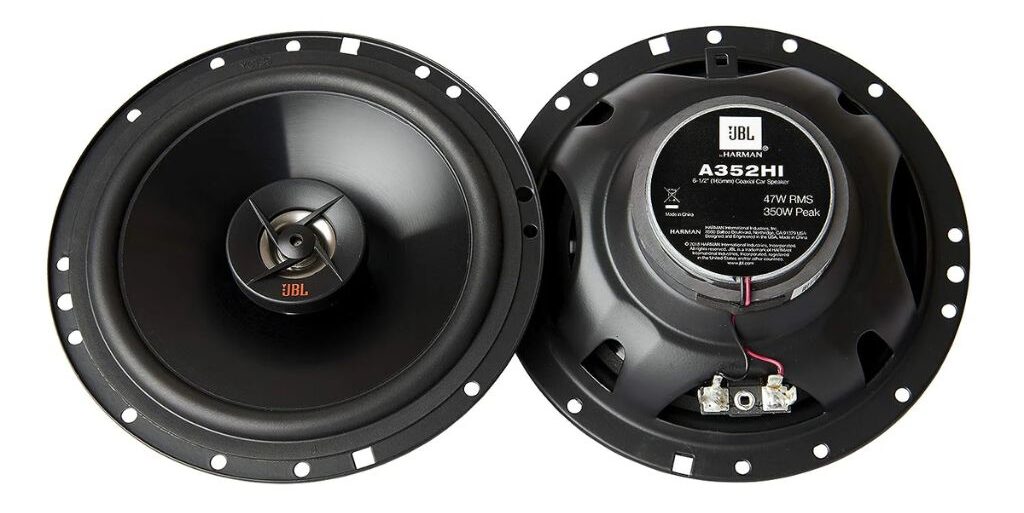
-
Advantages:
- Easy Installation: Coaxial speakers are simpler to install since all components are integrated into a single unit.
- Cost-Effective: Coaxial speakers are often more affordable than component speakers, making them a budget-friendly option for upgrading factory audio systems.
3. Subwoofers
Subwoofers are specialised speakers designed to reproduce low-frequency bass sounds. They add depth and richness to the audio experience, particularly in genres like hip-hop, electronic, and rock music.
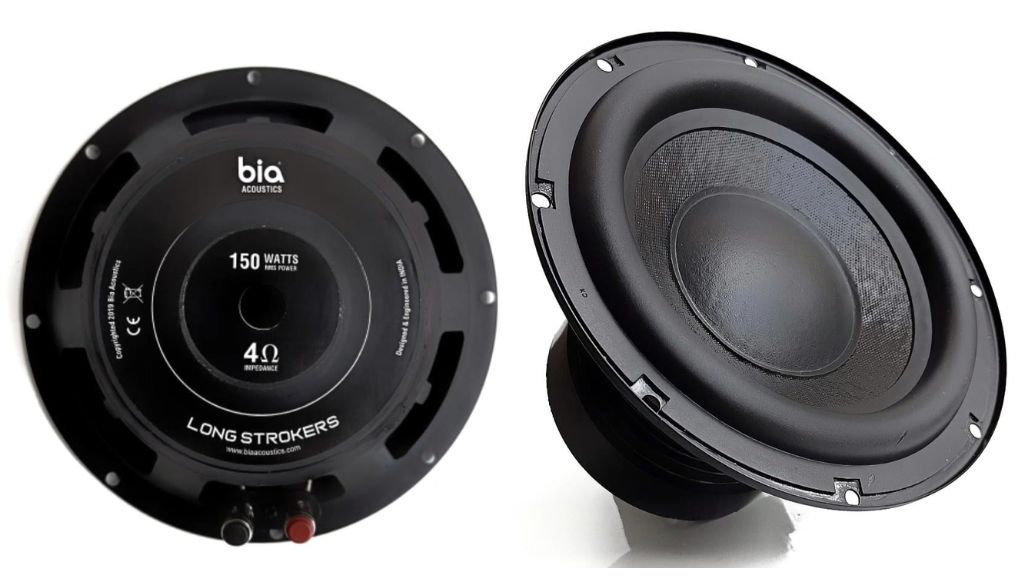
-
Advantages:
- Enhanced Bass: Subwoofers significantly improve the bass response of a car audio system, providing deep, powerful low-frequency reproduction.
- Immersive Experience: The presence of a subwoofer creates a more immersive audio experience, making music feel more dynamic and lifelike.
4. Midrange Speakers
Midrange speakers focus on reproducing frequencies in the middle range of the audio spectrum, typically covering vocal and instrument sounds. They contribute to a balanced audio output with clear vocals and instrument reproduction.
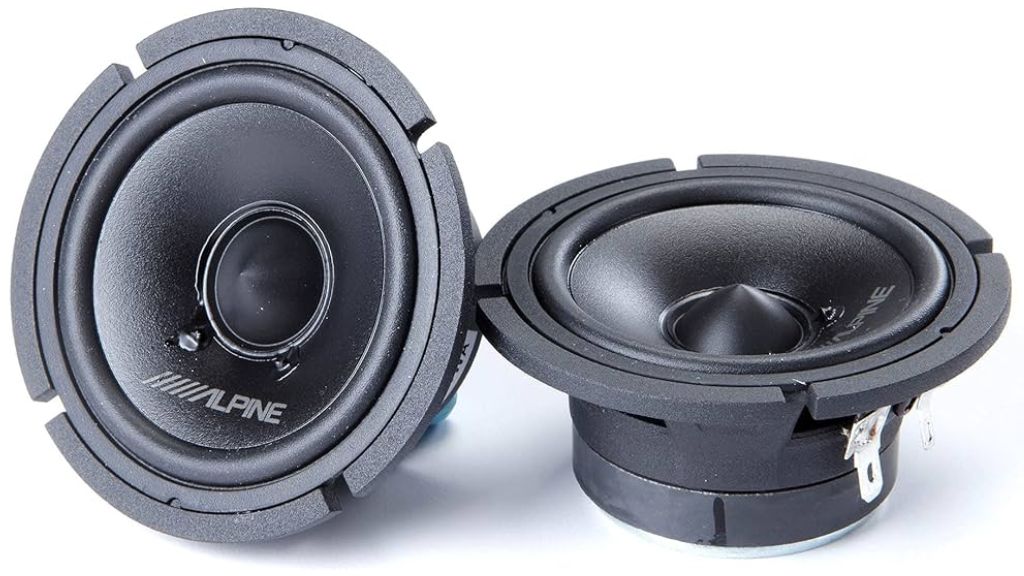
-
Advantages:
- Clear Vocals: Midrange speakers excel at reproducing vocal frequencies, providing clear and natural-sounding vocals in music.
- Balanced Sound: Midrange speakers complement woofers and tweeters, contributing to a balanced audio spectrum with smooth transitions between frequencies.
5. Tweeters Speakers
Tweeters are dedicated speakers designed to reproduce high-frequency sounds, such as cymbals, vocals, and high-pitched instruments. They enhance the clarity and detail of the audio by reproducing high frequencies accurately.
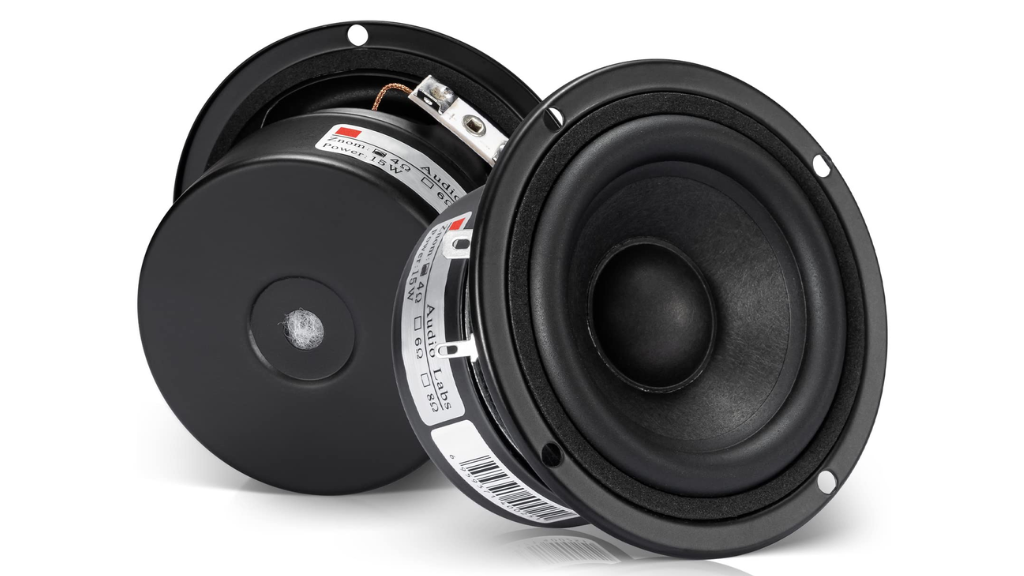
-
Advantages:
- Improved Clarity: Tweeters reproduce high frequencies with precision, resulting in clearer and more detailed audio reproduction.
- Enhanced Soundstage: Tweeters contribute to a wider soundstage and better imaging, allowing listeners to pinpoint individual instruments and vocals.
Conclusion
Choosing the “best” car speaker is tricky because it depends on several factors like your budget, car size, and listening preferences. Here’s how to narrow it down:
Factors to Consider
- Budget: Car speakers range from affordable options to high-end models.
- Car Size: Smaller cars don’t necessarily need super powerful speakers. A good quality 5.25″ or 6.5″ component speaker system might be sufficient.
- Listening Style: Prioritise subwoofers if you love high bass sound. If you prefer clear vocals and highs, focus on midrange speakers.






Leave a Reply